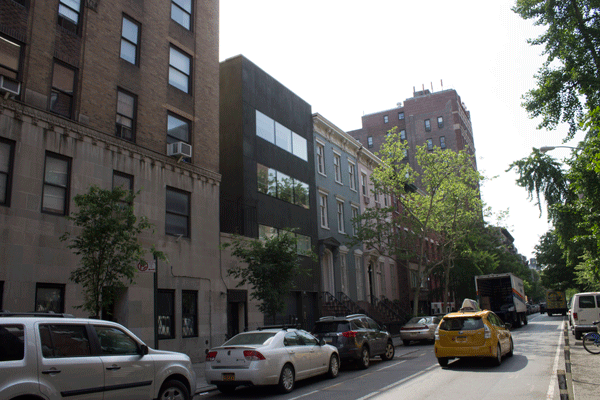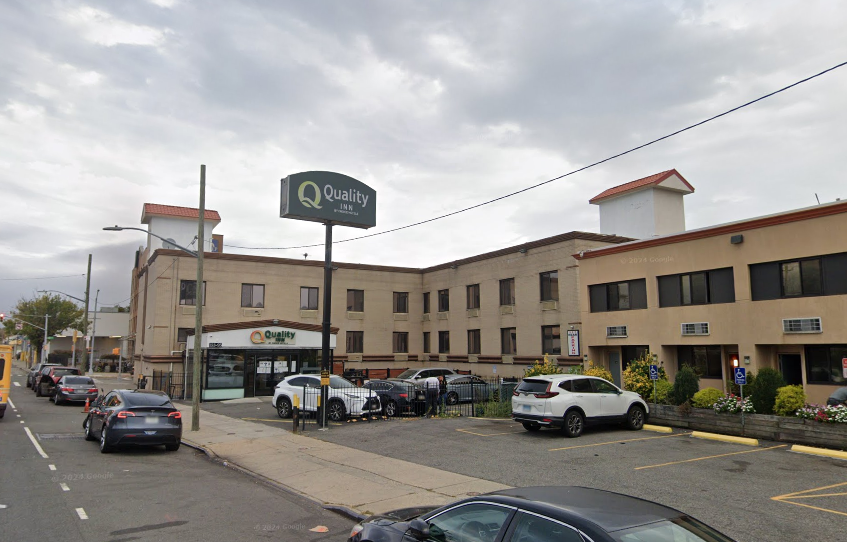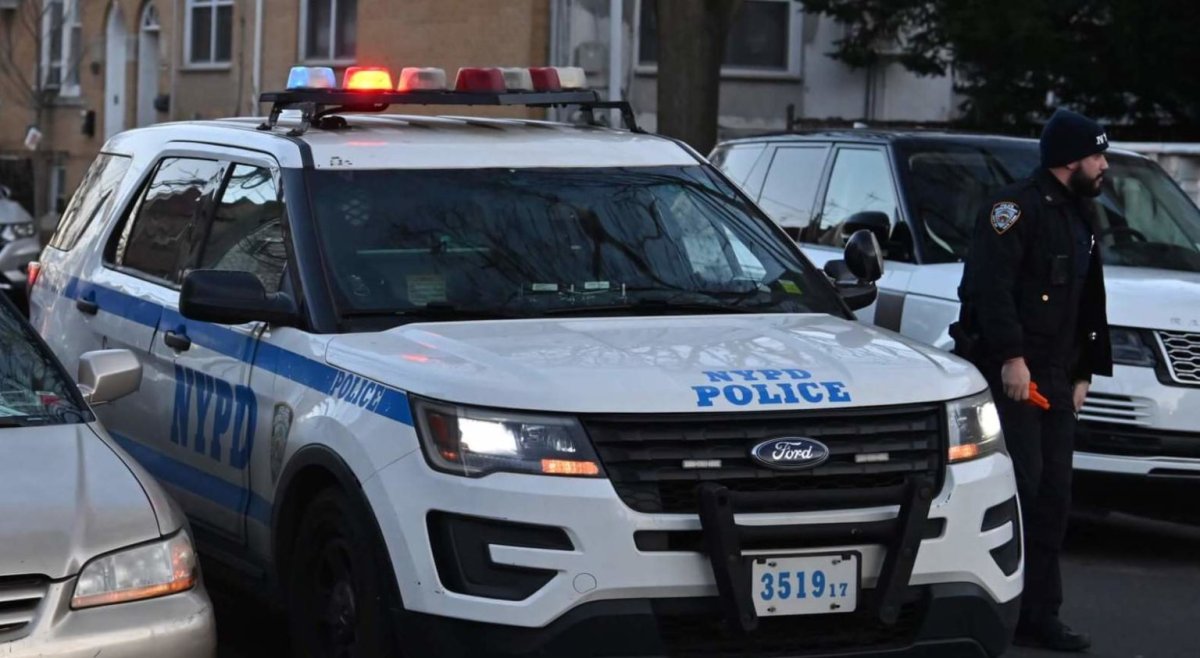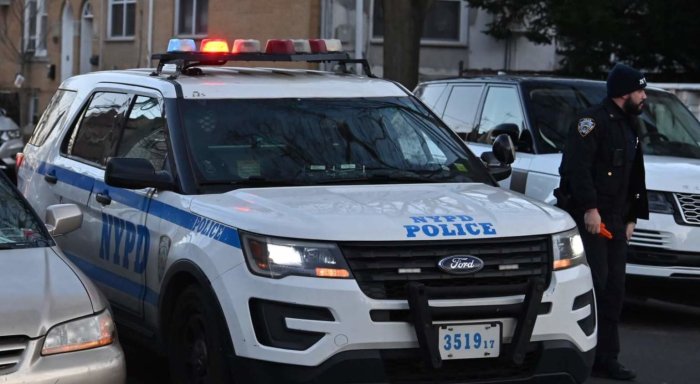BY ZACH WILLIAMS | The city has scaled back plans to raise height limits in contextual zoning districts within some parts of Chelsea — but proposed changes remain, which could result in buildings as much as 30 feet taller than rules currently allow.

City planners are in the midst of outreach to local community boards regarding the controversial effort to increase affordable housing by loosening construction restrictions so as to maximize the permitted space within buildings. Community Board 4 (CB4) was the first board in Manhattan to receive a presentation from the city Department of Planning (DCP) on how the effort to update contextual zoning would affect its neighborhoods.
Contextual zoning regulates the height, width, setback from street and other elements determining the proportions of a structure known as a building “envelope,” according to a city definition.
At a May 18 meeting of CB4’s Joint Chelsea & Clinton/Hell’s Kitchen Land Use Committee, board members remained skeptical that the effort would result in more good than harm despite changes to the plan announced at the meeting.
A previous version of the department’s plan would have increased permitted building heights in the neighborhood in several areas. Four contextual zoning districts within the area bordered by Sixth and Eighth Aves. from W. 14th to W. 23rd Sts. would have received increases of 10 feet for new buildings. But changes presented to CB4 removed that proposed increase. Another type of zoning in Chelsea would have new building heights increase by five feet, according to current plans.
That same type of zoning would allow increased heights of 25 feet for the construction of senior and inclusionary housing in an area now allowing buildings up to 120 feet, according to the DCP.
CB4 members reiterated at the meeting previously-stated concerns that the proposed changed would undermine years of work invested in the board’s own neighborhood housing plan. Some members also said that while some proposed height increases are more modest now, the DCP still wants to permit even greater heights for inclusionary and senior housing on the West Side. Historic districts and landmarks would still follow under the purview of the city Landmarks Preservation Commission.
Special districts in Hell’s Kitchen and West Chelsea could have heights boosted by either 25 or 30 feet if the new buildings include senior or inclusionary housing, according to the DCP. Current regulations only allow such buildings to reach 120 or 145 feet.
Current regulations of such zoning districts were set in 1987. Their intent is to make new buildings conform to the overall architectural characters of neighborhoods.
Building practices and other regulations have changed since then, according to the DCP. Floor-to-ceiling heights have increased, and additional infrastructure such as fire sprinklers further crowd space between building stories. The current attention on contextual zoning is one element of Mayor Bill de Blasio’s plan to build or preserve 200,000 units of affordable housing by 2024. Contextual zoning as it now stands results in nondescript buildings that emphasize conformance with the currently permitted building envelopes rather than quality buildings, according to the DCP.
Public review of the proposed text amendment will likely commence later in the summer. The DCP’s proposals will ultimately require the approval of the City Council.





























